Whether you love them or loathe them, spiders are hugely essential creatures. Without spiders, there would be a LOT more insects eating our crops, which would seriously affect our food supply.
Spiders are invertebrates ( they have no backbone ). The biggest group of invertebrates are arthropods, including spiders. Arthropods are further subdivided into other groups, including arachnids and insects. Spiders are arachnids!
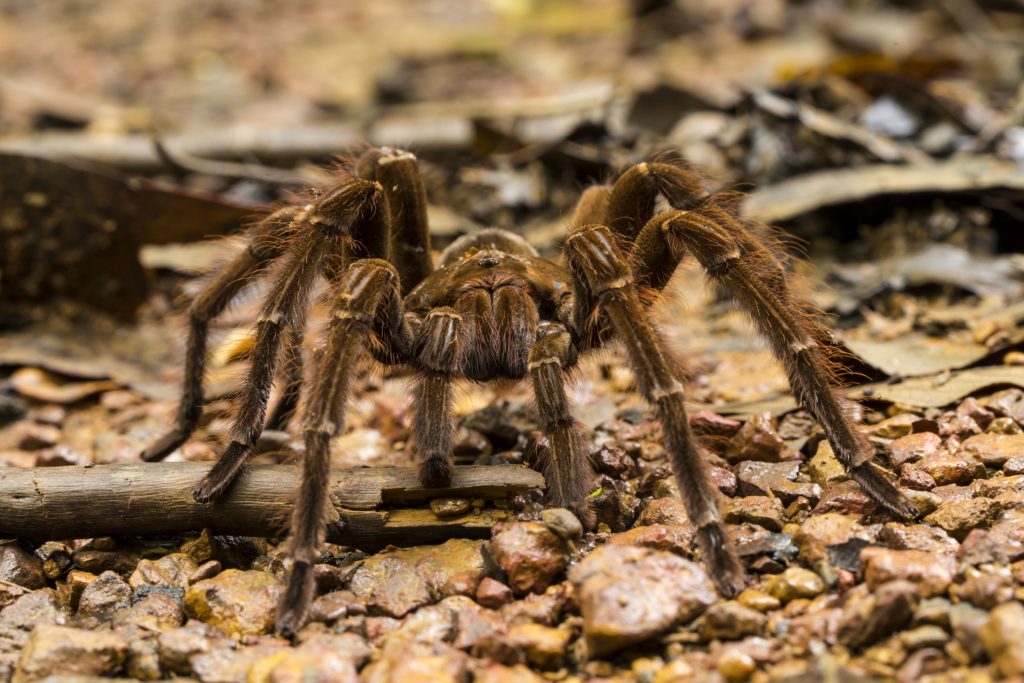
Fun Spider Facts
- Spiders are a group of animals called arachnids! Arachnids have two body parts ( cephalothorax and abdomen ) and eight legs.
- Spiders are predators, which means they hunt living prey
- Spiders will eat other spiders.
- The world's heaviest spider is the goliath birdeater, which, despite its name, eats mostly worms.
- Redback spiders use venom to paralyse small prey.
- Female redback spiders are known for eating the male after mating!
- Spiders produce silk with their spinnerets.
- The oldest spider fossils are more than 300 million years old.
- All spiders have venom, but only a very small number are harmful to humans.
- When spiders hang on their silk like a rope, it is called a 'dragline.'
- Some large spiders will trap and eat birds, bats, mice, fish and even snakes!
- Spiders are very important for controlling insect populations.
- Spiders inject their prey with digestive juices and then suck the food.
- Not all spiders have eight eyes.
- Fear of spiders is called arachnophobia.
- The fishing spider can catch fish!!
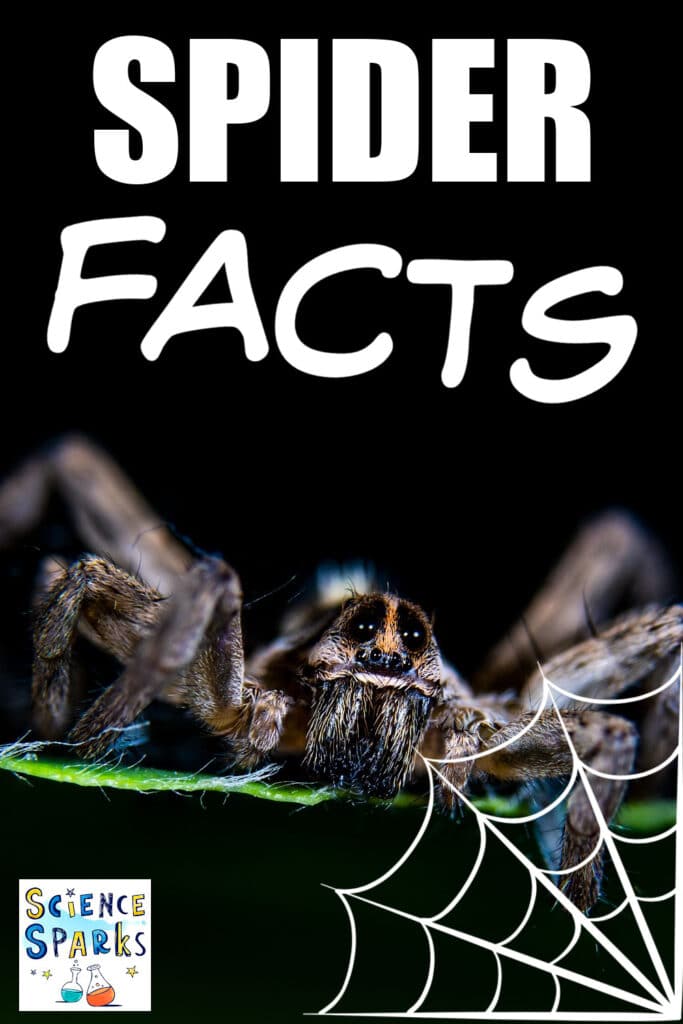
Super Spider Science - make your own sticky spider web
This very simple science activity illustrates how insects stick to spider webs. Spiders produce a sticky substance, so their prey gets stuck in the web. We can't make a web like a spider, but we can make our own version.
This is a great activity for learning about how different materials have different properties and starting to understand a spider's place in food chains.
You'll need
Hula hoop
Different types of sticky tape - duct tape, sellotape, masking tape
Small light items such as pom poms, strips of wool and ribbon, small plastic insects
Instructions
Stretch two or three different types of tape across the hula hoop and fix them securely in place.
Gently throw small items towards the web and record how well they stick on each type of tape.
Was the stickiest tape the one you expected?
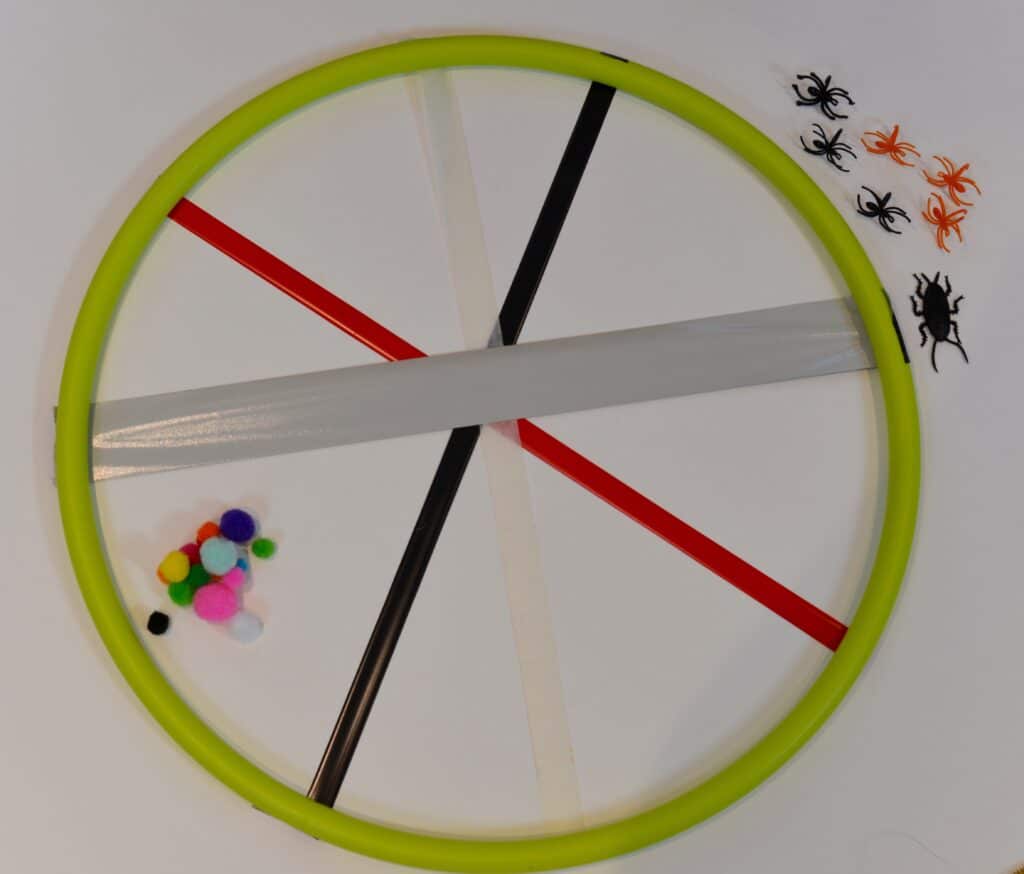
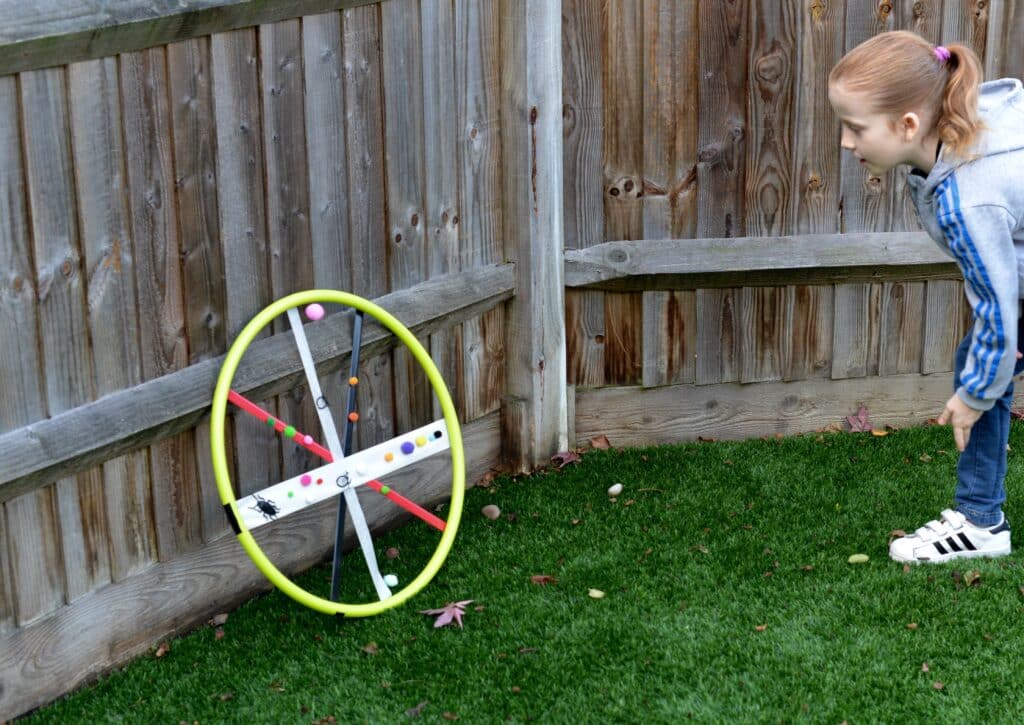
More spider themed science activities
Find a way to keep Incy wincy spider dry by making a mini umbrella from waterproof materials.
Play a build a beetle game to learn more about insects.
Research a food chain featuring spiders.
Read about terrifying spider records with Guiness World Records.
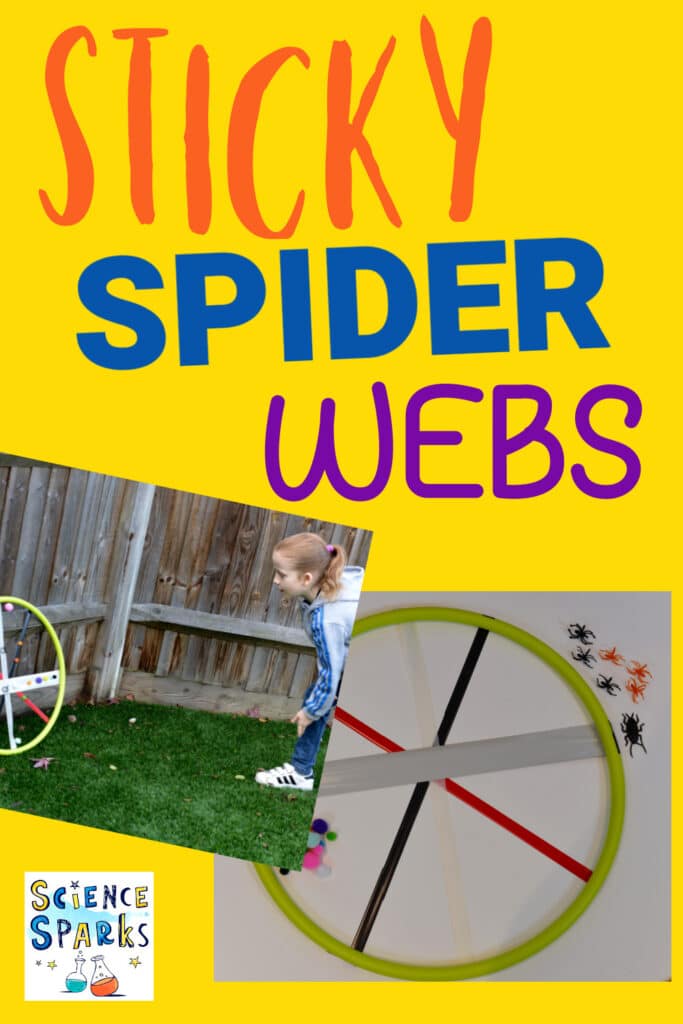
Last Updated on November 22, 2023 by Emma Vanstone
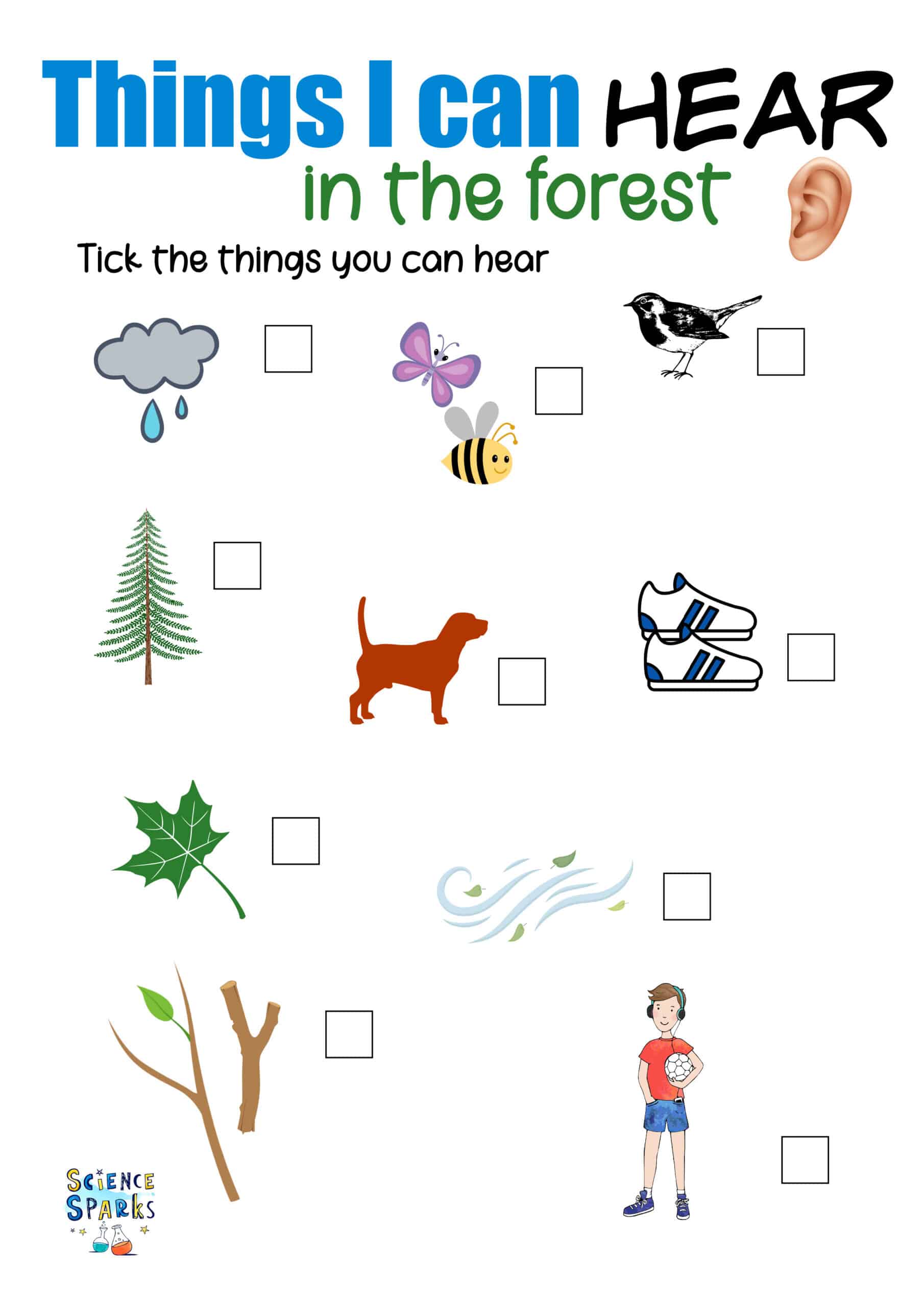
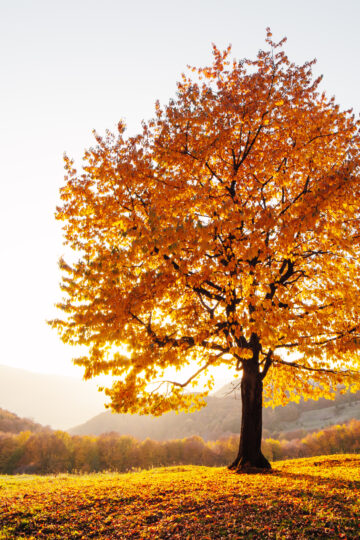
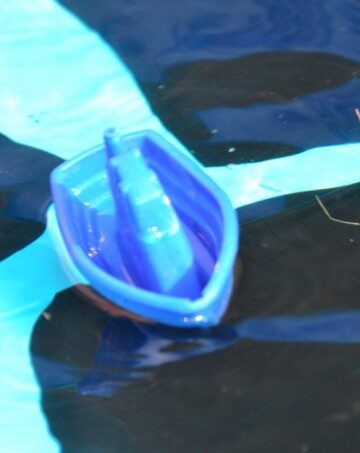
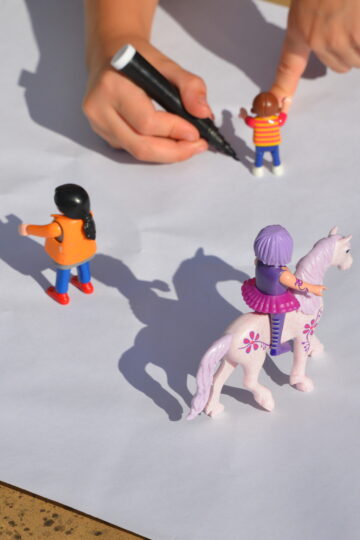
amanatal says
There is one more relevant fact that spider silk had more tensile strength than steel cables.
sciencesparks says
Oooh yes, your right...don't fisherman sometimes use it because of it's strength? Thanks for pointing that out! 🙂
Ross Mannell says
Wonderful blog post and a great idea for the children to make a spider. I may use it with holiday care group children I help mind at the moment. The littlies in the group will love the idea.
sciencesparks says
Let us know how they get on!
Helen R says
This is super. Another toddler-at-home-day idea - thanks!
sciencesparks says
Yea! so glad you liked it!
susankmann says
What a great post. I am going to give this a go. Thanks x
sciencesparks says
Let us know how you get on!